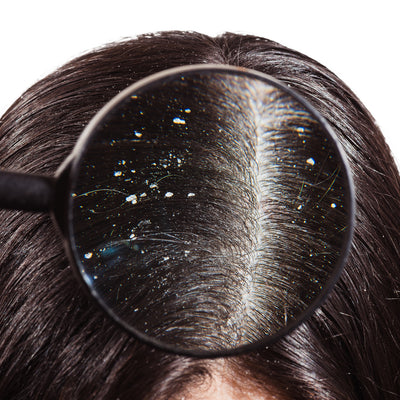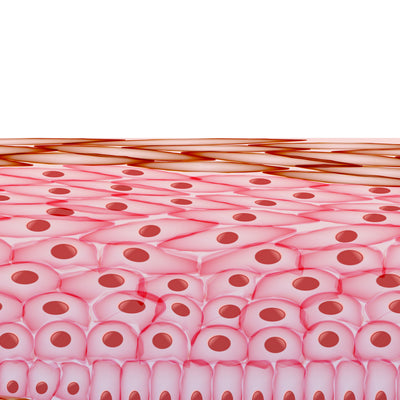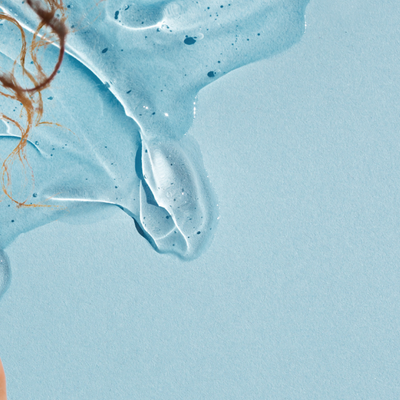
Hair Typing Intro: Our Hair Is Not The Same
Hair Typing Intro: Our Hair Is Not The Same
Susan Walker| February 11, 2015

It seems obvious but I do have to state this. Because when it comes to hair typing some women get a little uncomfortable. Which is why I began my discussion of hair typing I decided to deep dive right in to discuss an important yet controversial topic. Curl envy and texture discrimination. My purpose for doing this was to open women up to various reasons there may be so much push back against hair typing.
It’s my opinion that it can be very effectively used to help you understand your hair texture and more specifically, how to stop doing things to your hair that may be causing excessive breakage and damage, and how to stop wasting your money of products and regimens to are never going to work for you hair. If I may be so blunt. Because this is a huge problem. So I’m continuing the discussion with the differences between Caucasian, Asian and African hair. When comparing the textures a few differences can be found. And the word of the day is “FRAGILE”.
Key Differences Between Hair Textures
African hair is more susceptible to breakage and the hair shaft itself is more fragile. Duh!
The shape of the follicle makes African hair weaker than other hair textures. It doesn’t take a lot of strain or pressure to break African hair and the cuticle ruptures a lot earlier than with Caucasian and Asian hair. This early or premature rupturing of the cuticle seen in African hair and its strain to break point can be compared to the behaviour of the damaged fiber undergoing fatigue. As in hygral fatigue. And cuticle damage from combing and other practices may be responsible for these similarities.
Because of the tight curl formation and degree of knotting african hair can be difficult to comb. Which is why most women with natural hair don’t really comb their hair frequently if at all. And Most breakage is due to consistent trauma from grooming and not due to a weakness in the structure of the hair like people think.
Human hair contains about 2-3% lipids (mainly sebum) and18 methyl eicosanoic acid (18-MEA). The lipids are either in the follicle or they come from sebum. Sebum is a mixture of what are called triglycerides and produced by glands called the sebaceous glands. It turns out that African hair doesn’t necessarily make less sebum, which is the common thought. The problem is that the sebum doesn’t get evenly distributed along the hair shaft because of the tight curls in natural hair.The sebum gets trapped at the base of the hair shaft and doesn’t flow evenly down the hair fiber. And you know how some textured hair tends to look dry despite the fact that it’s highly pigmented? Dark hair is normally associated with having more lustre. Well this could be due to the poor distribution of sebum.
And what’s more, this lack of distribution of the sebum along the hair fiber compromises the hair’s ability to resist water and reduces its lubrication or “slip”. What’s the result? Dry hair that tangles easily and is more difficult to comb. Which contributes more to it being fragile.
And now for the moisture issue. Because dry hair is the number one concern for most naturals and moisturized hair seems so unattainable no matter how much is done to the hair. I”m going to be very specific when it comes to moisture. The moisture content in the hair refers to the moisture content in the cortex. In normal undamaged hair very little water can get into and out of the cortex because the cuticle is intact and undamaged. However in African hair the cuticle lifts prematurely and as a result the hair is not able to hold moisture (its overly porous). Some textured hair is low in porosity; however the general characteristics of African hair, as compared to Caucasian and Asian hair, is that it tends to be more porous IN GENERAL. Therefore the lack of moisture balance contributes to the fragile nature of the hair.
So you now have a basic understanding of African hair chemistry and why our texture needs to be handled with such care. With this foundation laid, we’ll get into the nitty gritty of the characteristics of various hair textures so you can effectively take care of your hair.
About Susan Walker
 Susan is the CEO of Earthtones Cosmetics, a licensed Naturopathic Doctor and certified Trichologist with the World Trichology Society.
Susan is the CEO of Earthtones Cosmetics, a licensed Naturopathic Doctor and certified Trichologist with the World Trichology Society.
She has been a speaker and workshop presenter at various national and international conferences including the Taliah Waajid World Natural Hair Health and Beauty Show in Atlanta, the Toronto Natural Hair Show, The Canadian Naturalista Hair Expo and the Natural Hair Congress in Montreal.
Susan performs hair, hair loss and scalp consultations at TrichoSpa by Earthtones in Ajax, Ontario, a holistic skin, hair + scalp spa and curl care boutique. We specialize in corrective curl, scalp and skin care using trichological treatments for various scalp and hair concerns, and corneotherapy to correct skin issues. She has obtained various certifications in hair loss and scalp conditions.
In order to help her clients she has received her Laser Technician Diploma and certificates in Chemical and Mechanical Exfoliation, and Microneedling and Collagen Induction.
She is currently pursuing her Masters in Science in Cosmetic Science.
Featured Articles
-

-

Nurturing Your Scalp: Unveiling the Role of the Stratum Corneum
October 24, 2023 Susan WalkerREAD MORE -




